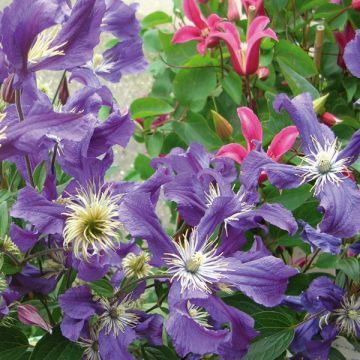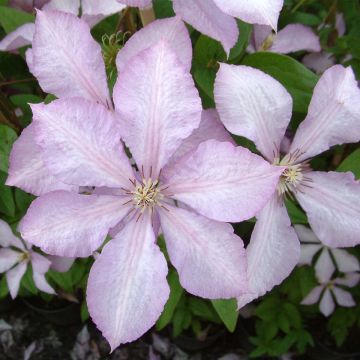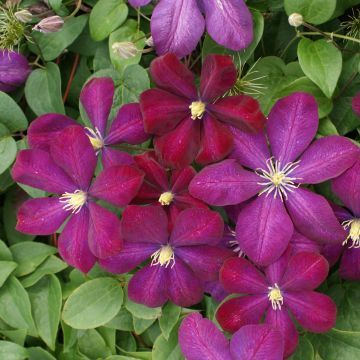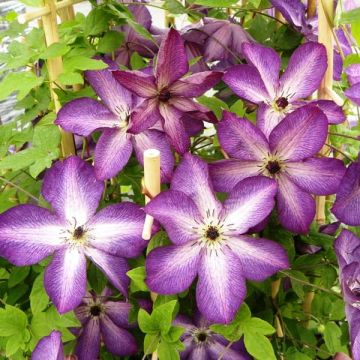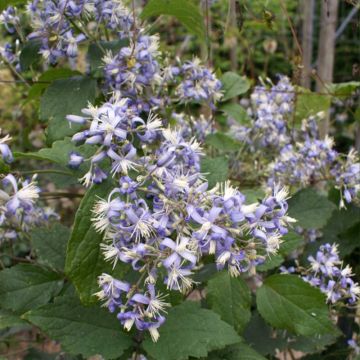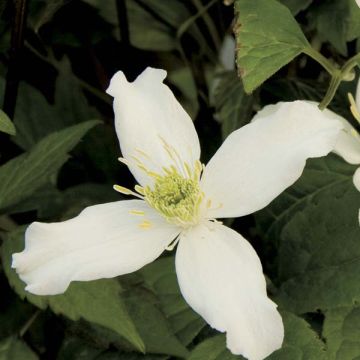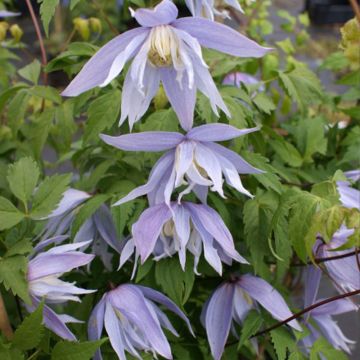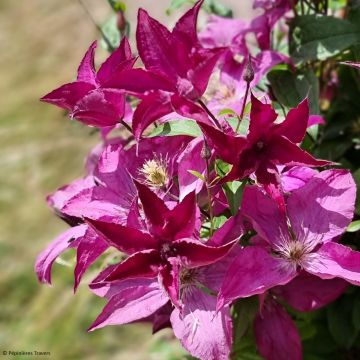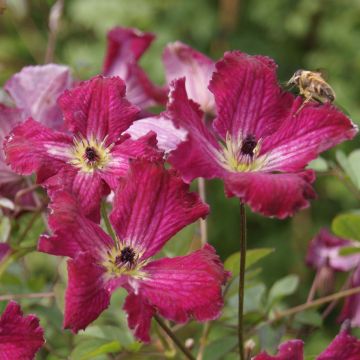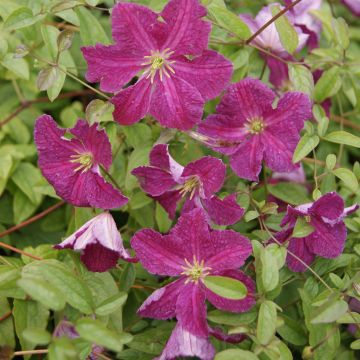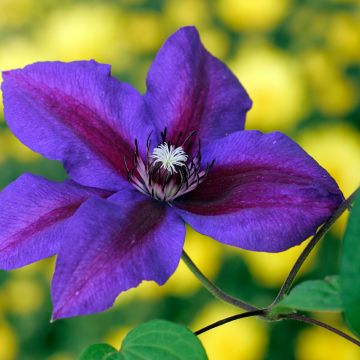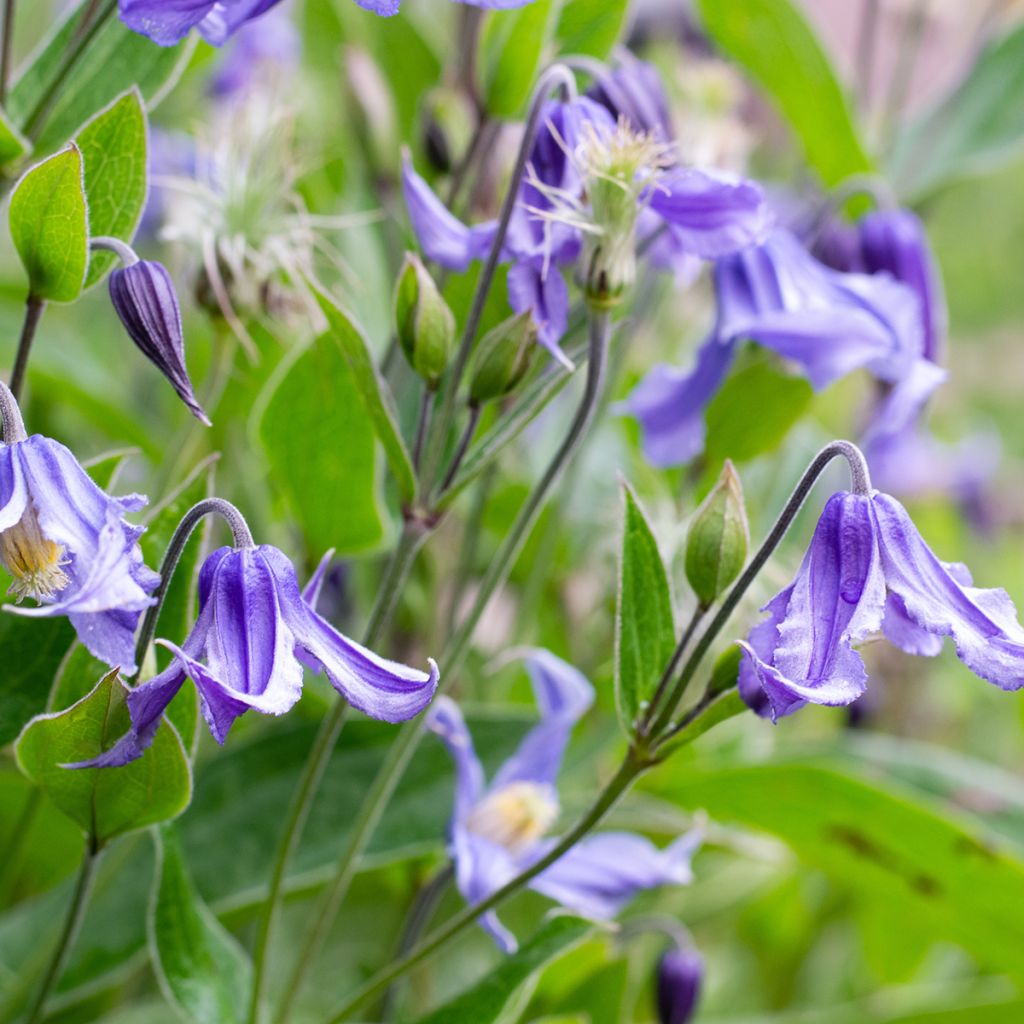

Clematis integrifolia - Herbaceous Clematis
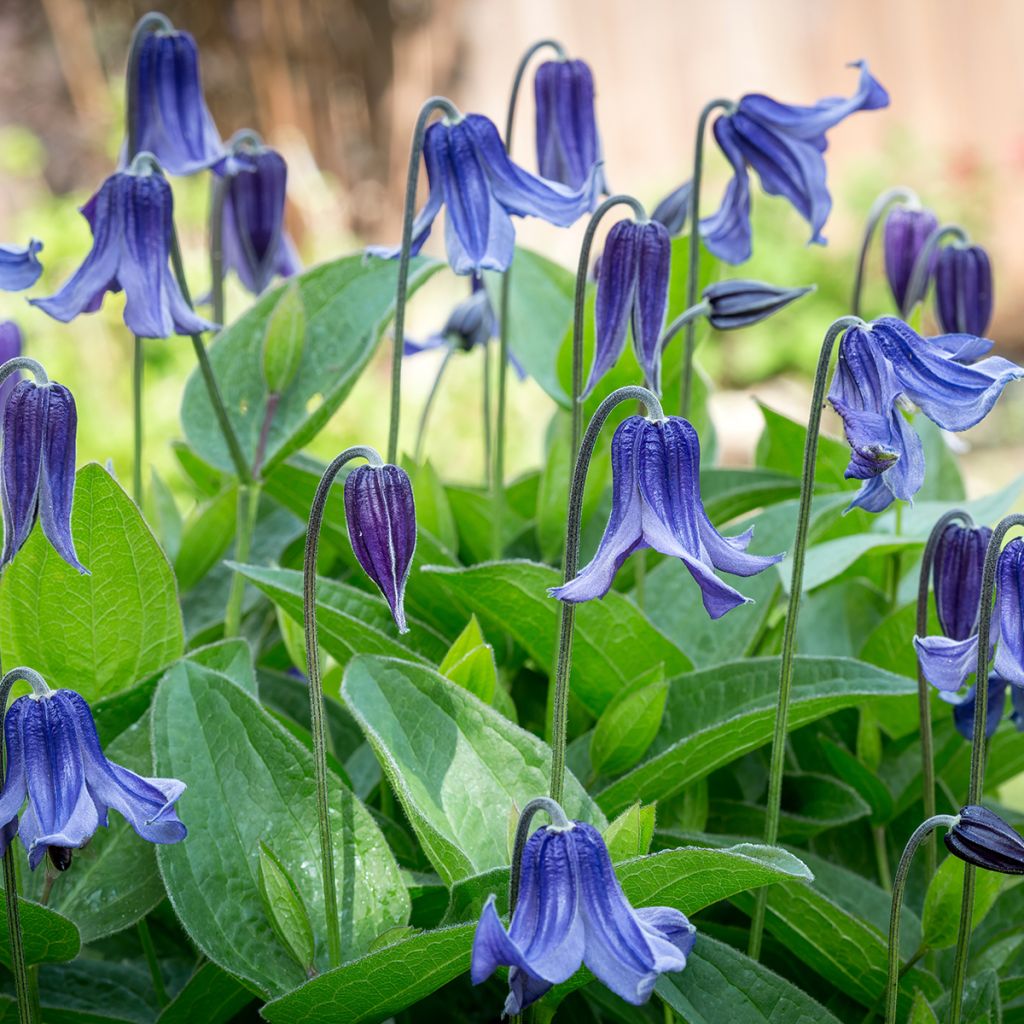

Clematis integrifolia - Herbaceous Clematis
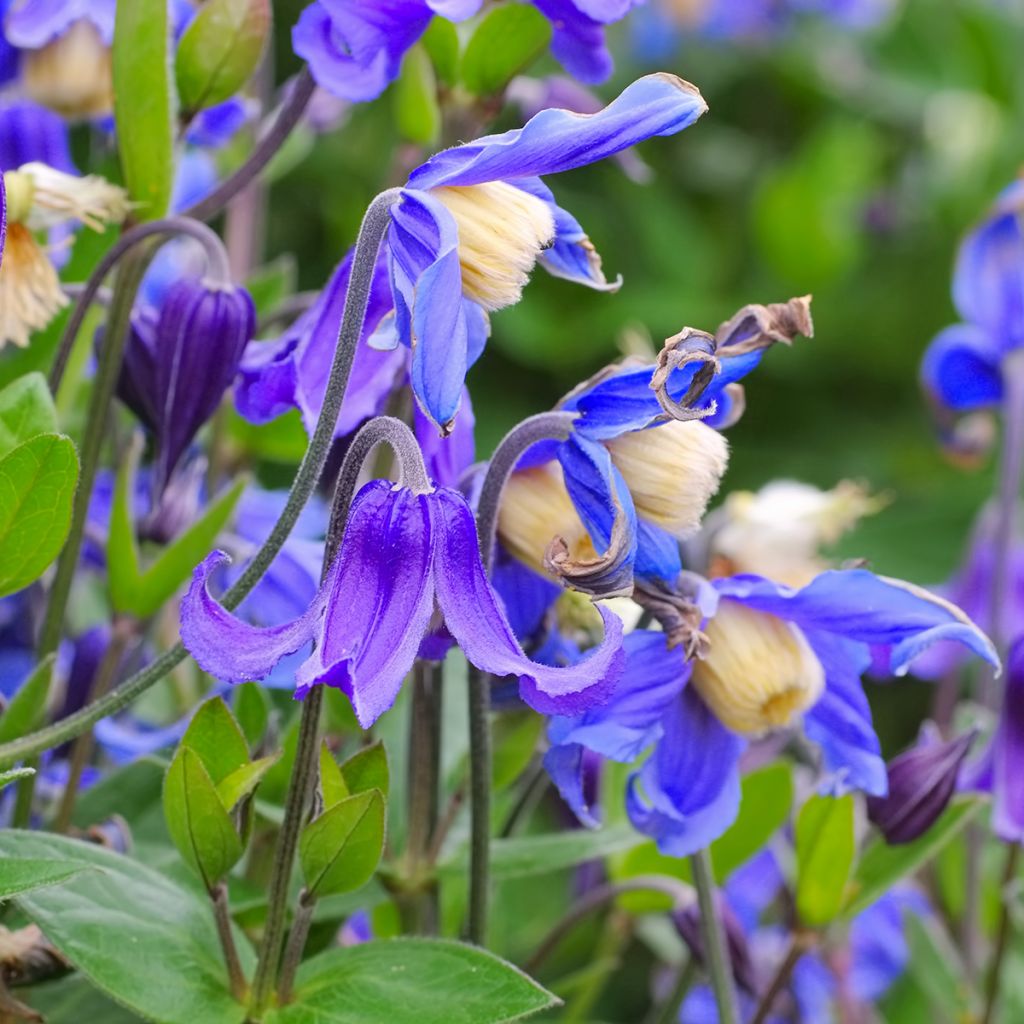

Clematis integrifolia - Herbaceous Clematis
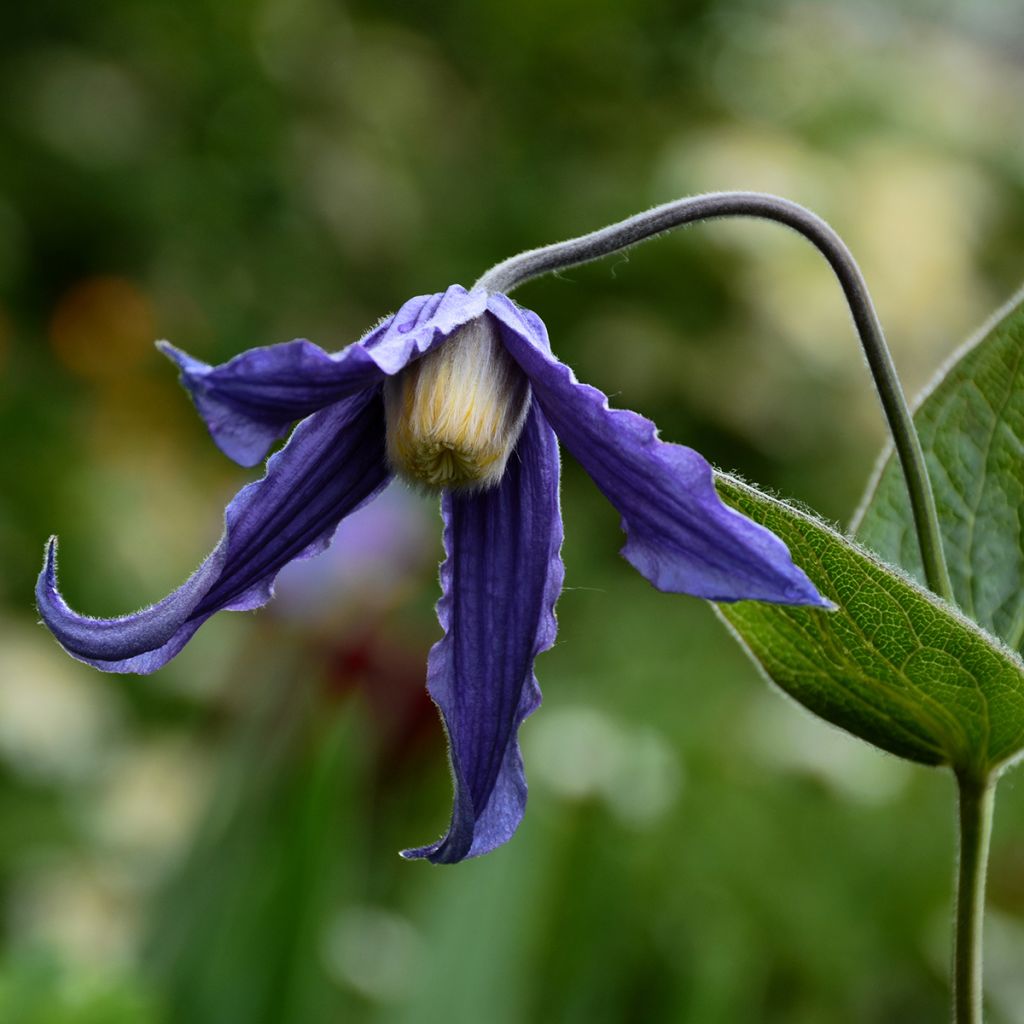

Clematis integrifolia - Herbaceous Clematis


Clematis integrifolia - Herbaceous Clematis
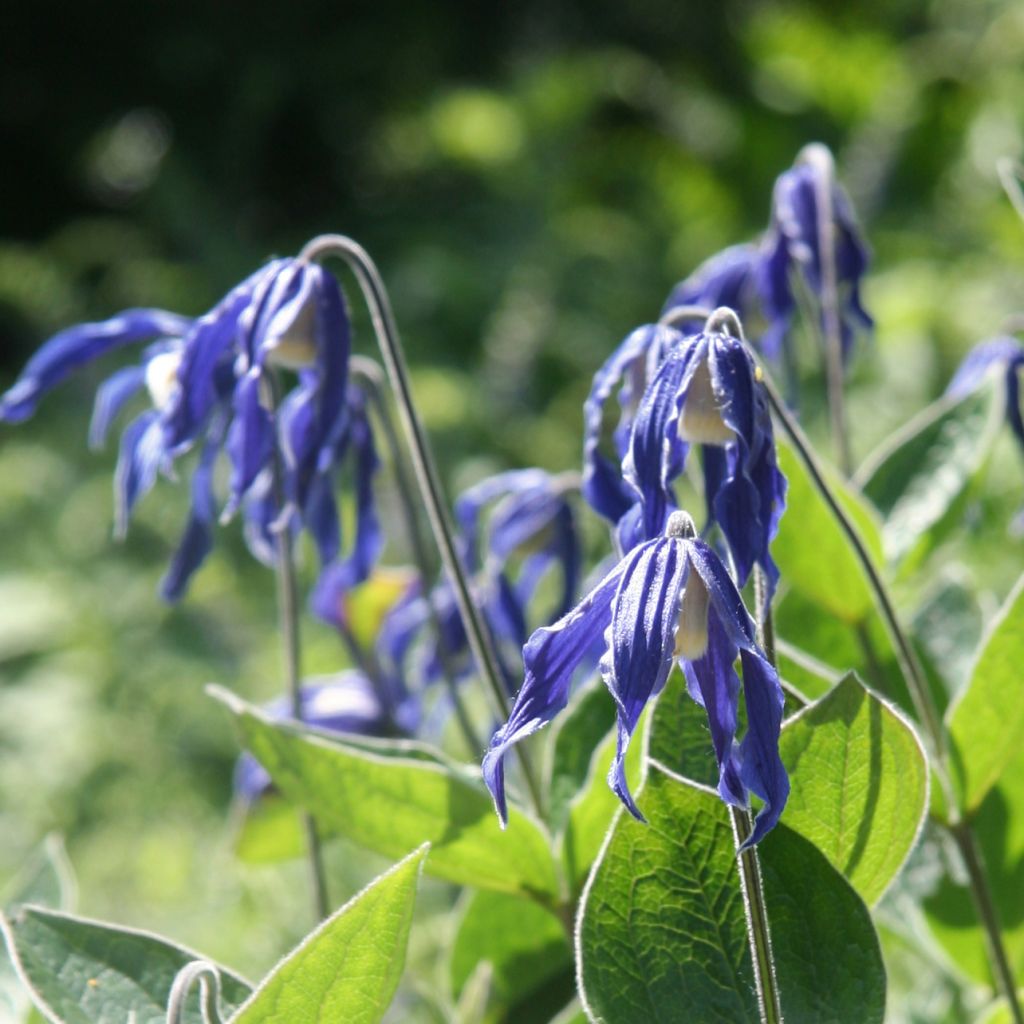

Clematis integrifolia - Herbaceous Clematis
Clematis integrifolia - Herbaceous Clematis
Clematis integrifolia
Herbaceous Clematis, Non-climbing Clematis
2 Small, yellow branches. I don't know if my young plant will recover.
Mélanie, 11/06/2020
This item cannot be shipped to the selected country
Delivery charge from €5.90
Delivery charge from €5.90
More information
Schedule delivery date,
and select date in basket
This plant carries a 6 months recovery warranty
More information
We guarantee the quality of our plants for a full growing cycle, and will replace at our expense any plant that fails to recover under normal climatic and planting conditions.
From €5.90 for pickup delivery and €6.90 for home delivery
Express home delivery from €8.90.
From €5.90 for pickup delivery and €6.90 for home delivery
Express home delivery from €8.90.
Does this plant fit my garden?
Set up your Plantfit profile →
Description
Clematis integrifolia, sometimes called Single-leaf Clematis, is a curious little herbaceous clematis with small bell-shaped blue flowers, forming a lush clump rather than a climbing vine, on which large multicoloured star-shaped flowers bloom. It is overlooked and underused in our gardens, despite its generous summer flowering of delicately scented and porcelain-like blue bell-shaped flowers and its great adaptability to all kinds of climates and soils. The vegetation of this clematis completely disappears in winter.
The Clematis genus belongs to the buttercup family. Clematis integrifolia is a herbaceous clematis with woody crown, native to southern Europe, central Europe, Russia, and China. It is a non-climbing perennial plant with long leafy stems, forming a bushy clump not exceeding 1m (3ft) in height, with a spread of 1m² (11 sq ft). It can be slow to establish as the plant roots deeply in the soil before showing exponential growth in following years, becoming moderately suckering after a few years. Every spring, a multitude of stems emerge directly from its base bearing small entire, ovate to elliptical, deep and glossy green leaves. The flowers bloom abundantly in late spring, then more sporadically throughout the summer. They are bell-shaped and violet-blue, composed of 4 fused and slightly twisted petals. They are 4 to 5 cm (2in) long with cream-coloured stamens in their throat. The flowering is followed by the formation of feathery and silver, decorative seeds. This wild clematis tolerates drought quite well once well-established and prefers sunny but not scorching situations.
Plant clematis integrifolia alongside your climbing roses to accompany their first flowering and fill their sometimes bare base. Clematis is a diverse genus, with flowers of all colours, shapes, and sizes. Take advantage of their easy cultivation to bring a romantic and bohemian touch to your garden. The exquisite and robust Clematis integrifolia, thanks to its herbaceous growth habit, will thrive perfectly in a pot on a balcony or on a slope invaded by perennial sweet peas, variegated ivy, small-flowered periwinkles, Coreopsis, and euphorbias.
Report an error about the product description
Clematis integrifolia - Herbaceous Clematis in pictures
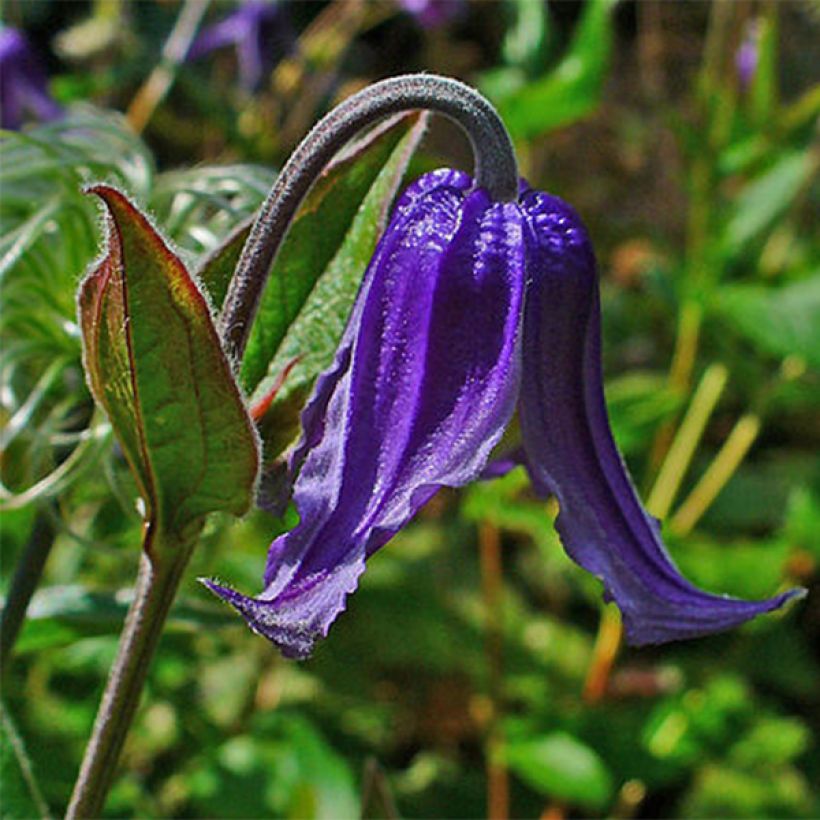

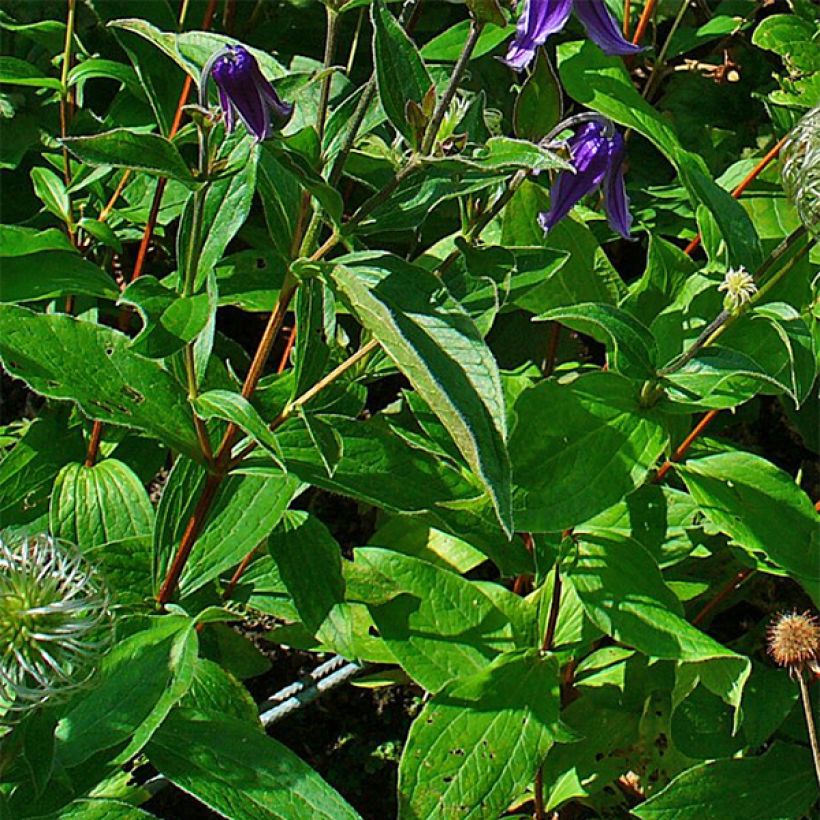

Plant habit
Flowering
Foliage
Botanical data
Clematis
integrifolia
Ranunculaceae
Herbaceous Clematis, Non-climbing Clematis
Central Europe
Other Clematis A to Z
Planting and care
Clematis integrifolia thrives in rich, humus-rich, moist, well-drained soils, but can tolerate any properly prepared and relatively deep garden soil. This plant tolerates short periods of drought well. It prefers partial shade and requires plenty of light to flower properly. However, this plant dislikes direct, scorching sunlight. It is sometimes slow to establish as it roots deeply before shooting up and can eventually become a bit suckering. It is a trouble-free and long-lasting perennial.
Planting period
Intended location
Care
-
, onOrder confirmed
Reply from on Promesse de fleurs
Clematis
Haven't found what you were looking for?
Hardiness is the lowest winter temperature a plant can endure without suffering serious damage or even dying. However, hardiness is affected by location (a sheltered area, such as a patio), protection (winter cover) and soil type (hardiness is improved by well-drained soil).

Photo Sharing Terms & Conditions
In order to encourage gardeners to interact and share their experiences, Promesse de fleurs offers various media enabling content to be uploaded onto its Site - in particular via the ‘Photo sharing’ module.
The User agrees to refrain from:
- Posting any content that is illegal, prejudicial, insulting, racist, inciteful to hatred, revisionist, contrary to public decency, that infringes on privacy or on the privacy rights of third parties, in particular the publicity rights of persons and goods, intellectual property rights, or the right to privacy.
- Submitting content on behalf of a third party;
- Impersonate the identity of a third party and/or publish any personal information about a third party;
In general, the User undertakes to refrain from any unethical behaviour.
All Content (in particular text, comments, files, images, photos, videos, creative works, etc.), which may be subject to property or intellectual property rights, image or other private rights, shall remain the property of the User, subject to the limited rights granted by the terms of the licence granted by Promesse de fleurs as stated below. Users are at liberty to publish or not to publish such Content on the Site, notably via the ‘Photo Sharing’ facility, and accept that this Content shall be made public and freely accessible, notably on the Internet.
Users further acknowledge, undertake to have ,and guarantee that they hold all necessary rights and permissions to publish such material on the Site, in particular with regard to the legislation in force pertaining to any privacy, property, intellectual property, image, or contractual rights, or rights of any other nature. By publishing such Content on the Site, Users acknowledge accepting full liability as publishers of the Content within the meaning of the law, and grant Promesse de fleurs, free of charge, an inclusive, worldwide licence for the said Content for the entire duration of its publication, including all reproduction, representation, up/downloading, displaying, performing, transmission, and storage rights.
Users also grant permission for their name to be linked to the Content and accept that this link may not always be made available.
By engaging in posting material, Users consent to their Content becoming automatically accessible on the Internet, in particular on other sites and/or blogs and/or web pages of the Promesse de fleurs site, including in particular social pages and the Promesse de fleurs catalogue.
Users may secure the removal of entrusted content free of charge by issuing a simple request via our contact form.
The flowering period indicated on our website applies to countries and regions located in USDA zone 8 (France, the United Kingdom, Ireland, the Netherlands, etc.)
It will vary according to where you live:
- In zones 9 to 10 (Italy, Spain, Greece, etc.), flowering will occur about 2 to 4 weeks earlier.
- In zones 6 to 7 (Germany, Poland, Slovenia, and lower mountainous regions), flowering will be delayed by 2 to 3 weeks.
- In zone 5 (Central Europe, Scandinavia), blooming will be delayed by 3 to 5 weeks.
In temperate climates, pruning of spring-flowering shrubs (forsythia, spireas, etc.) should be done just after flowering.
Pruning of summer-flowering shrubs (Indian Lilac, Perovskia, etc.) can be done in winter or spring.
In cold regions as well as with frost-sensitive plants, avoid pruning too early when severe frosts may still occur.
The planting period indicated on our website applies to countries and regions located in USDA zone 8 (France, United Kingdom, Ireland, Netherlands).
It will vary according to where you live:
- In Mediterranean zones (Marseille, Madrid, Milan, etc.), autumn and winter are the best planting periods.
- In continental zones (Strasbourg, Munich, Vienna, etc.), delay planting by 2 to 3 weeks in spring and bring it forward by 2 to 4 weeks in autumn.
- In mountainous regions (the Alps, Pyrenees, Carpathians, etc.), it is best to plant in late spring (May-June) or late summer (August-September).
The harvesting period indicated on our website applies to countries and regions in USDA zone 8 (France, England, Ireland, the Netherlands).
In colder areas (Scandinavia, Poland, Austria...) fruit and vegetable harvests are likely to be delayed by 3-4 weeks.
In warmer areas (Italy, Spain, Greece, etc.), harvesting will probably take place earlier, depending on weather conditions.
The sowing periods indicated on our website apply to countries and regions within USDA Zone 8 (France, UK, Ireland, Netherlands).
In colder areas (Scandinavia, Poland, Austria...), delay any outdoor sowing by 3-4 weeks, or sow under glass.
In warmer climes (Italy, Spain, Greece, etc.), bring outdoor sowing forward by a few weeks.

































